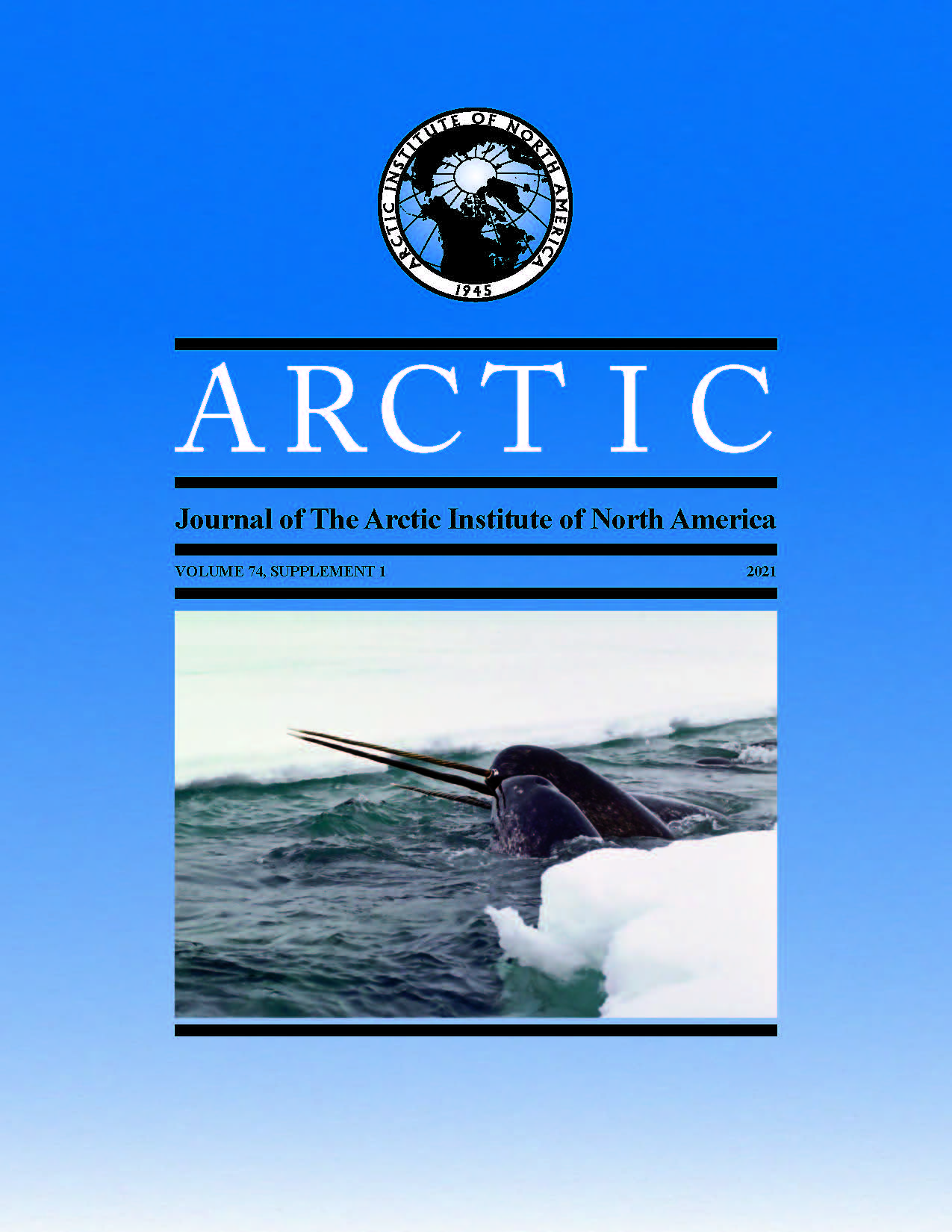Shared Arctic Variable Framework Links Local to Global Observing System Priorities and Requirements
DOI :
https://doi.org/10.14430/arctic76429Mots-clés :
Arctique; observation; cadre de référence; variable essentielle, variable partagée de l’Arctique; sommet d’observation de l’ArctiqueRésumé
Les contextes géographiques et les intérêts de divers groupes de détenteurs de droits et de parties prenantes figurent au premier plan des besoins en systèmes d’observation de l’Arctique coordonnés à l’échelle internationale. Il existe des réseaux d’observation d’envergure mondiale et régionale visant à coordonner les observations en provenance de divers secteurs et de frontières nationales, s’appuyant sur des ressources limitées pour donner lieu à des données d’observation et à des produits d’information grandement accessibles. Les réseaux d’observation et les approches de coordination conçus pour des réseaux spécialisés desservant les latitudes allant de moyennes à faibles ne se transposent pas directement aux contextes plus complexes de l’Arctique. Dans le cas de l’Arctique, les exigences sont plus élevées en raison du plus grand besoin d’accorder de l’importance aux disciplines et aux secteurs variés ainsi qu’au raffinement de l’échelle, qui passe de locale à panarctique, afin de maximiser l’utilisation des ressources dans des contextes environnementaux difficiles. La considération des besoins et des priorités d’observation des peuples autochtones de l’Arctique constitue un des principaux principes des cadres de gouvernance et de coordination. Nous évaluons plusieurs types différents de réseaux d’observation à la lumière des besoins de la communauté d’observation de l’Arctique et des utilisateurs d’information afin de cerner les forces et les faiblesses de chaque cadre de référence. Cette évaluation a permis de produire une typologie de trois approches : la « variable essentielle », le « modèle de station » et la « question centrale ». Nous définissons et évaluons, en fonction des exigences des contextes de l’Arctique, le concept des variables partagées de l’Arctique (SAV) qui est ressorti du sommet d’observation de l’Arctique de 2020 et de travaux antérieurs réalisés par le groupe de travail des réseaux Sustaining Arctic Observing Networks Road Mapping Task Force. Les SAV représentent des processus ou des phénomènes mesurables suffisamment importants aux yeux de communautés et de secteurs divers pour que la coordination des efforts d’observation en vaille la peine. Les SAV concordent avec les variables essentielles comme définies, par exemple, par les cadres d’observation mondiaux, en ce sens qu’elles guident les observations coordonnées relevant de processus qui revêtent de l’intérêt pour de multiples secteurs. Les SAV accordent de l’importance aux besoins en information des peuples autochtones de l’Arctique et font appel à leurs capacités à concevoir et à gérer les efforts d’observation en collaboration. Par ailleurs, les SAV sont conçues pour tenir compte des défis logistiques des opérations dans l’Arctique et tiennent compte d’aspects uniques de l’environnement arctique, comme le rôle central de la cryosphère. Certains exemples illustrent la souplesse du cadre des SAV pour réconcilier diverses approches et normes d’observation, de sorte que les points forts des programmes d’observation mondiaux et régionaux puissent être adaptés à l’environnement complexe de l’Arctique.



